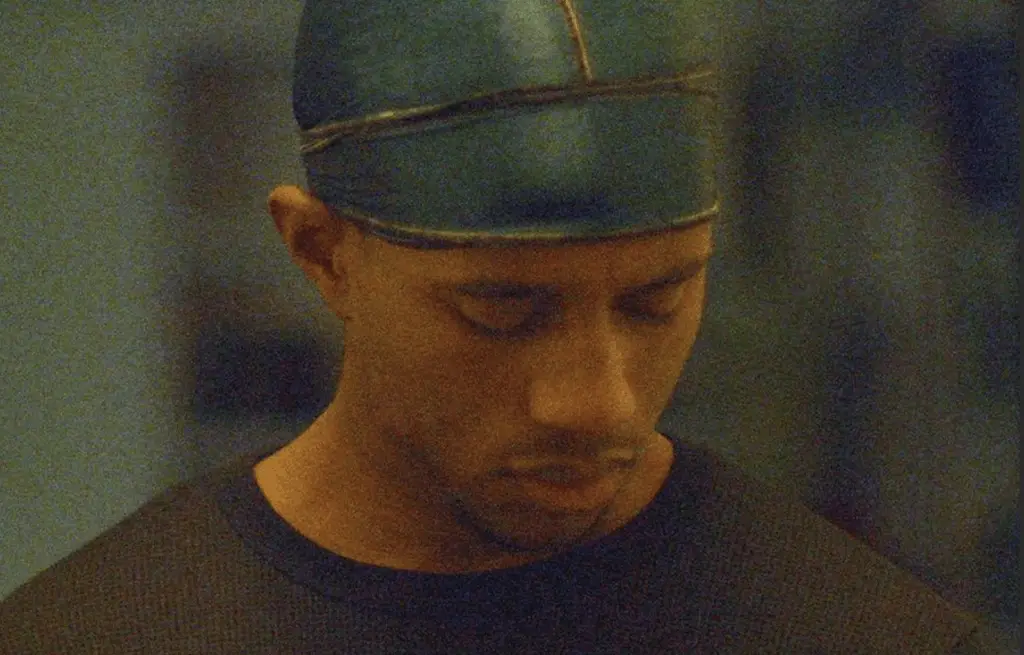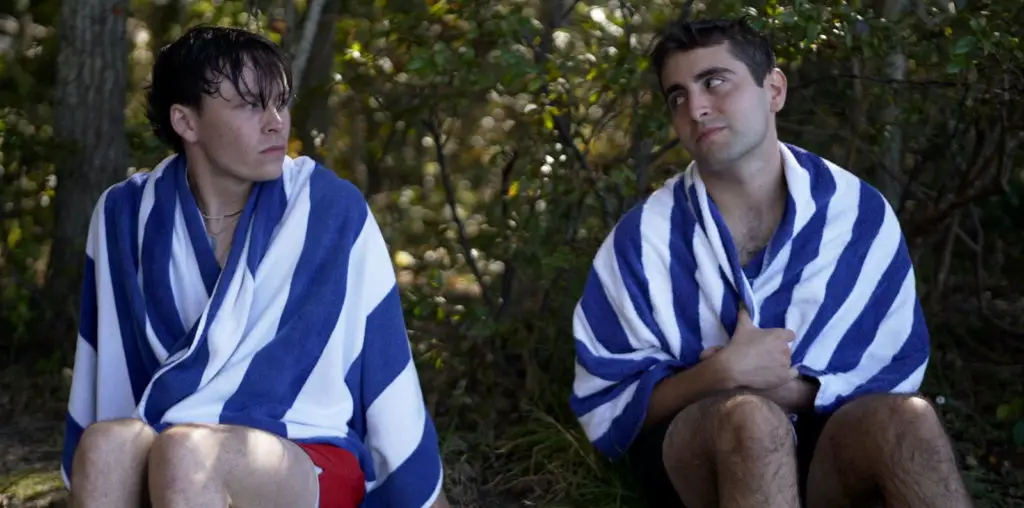
Perhaps the most fascinating component of the films directed by Orson Welles was the masterpiece he never lived to complete. Beginning in 1957 and continuing on-and-off for the next 15 years, Welles self-financed and directed an audacious film version of Cervantes’ “Don Quixote” which brought the legendary knight and his rotund aide Sancho Panza out of 16th century Andalusia and into the world of (then-) modern Spain. But despite his genius behind the camera, Welles was remarkably neglectful in maintaining and preserving the footage he created and much of his work was considered lost…and the footage that remained was not properly stored! However, throughout the 1980s and early 1990s the Spanish filmmakers Jess Franco (who served as Welles’ second unit director on “Chimes at Midnight”) and Patxi Irigoyen tracked down nearly all of the surviving footage, finished the incomplete soundtrack based on Welles’ notes, restored the footage where they could and offered a reconstructed “Don Quixote de Orson Welles” in 1992.
Unfortunately, “Don Quixote de Orson Welles” only played in a meager handful of non-theatrical venues before abruptly vanishing. Due to legal and financial complications surrounding the creation of “Don Quixote de Orson Welles,” the film was totally withdrawn from circulation and remained unavailable. Even the most enterprising bootleggers (who’ve kept another missing Welles beauty, the 1968 “The Immortal Story” in circulation via duped prints) could not locate a print of this film. Mercifully, the complications surrounding the state of “Don Quixote de Orson Welles” have been settled and the film is, for the very first time, being prepared for full release in all major channels. For Welles addicts, “Don Quixote de Orson Welles” is an experience of near-religious dimensions: the proverbial missing puzzle piece that completes the brilliant mosaic of the great artist’s creative output.
“Don Quixote de Orson Welles” presents a very special side of Welles, showing his ability to take chances that none of his peers would ever dare to dream. For starters, the entire film was improvised — a bold experiment that often paid off in wonderfully spontaneous sequences (most notably Akim Tamiroff’s peerless Sancho dancing the flamenco for a group of peasant children) but which also delayed the film’s completion and ran it over budget (Welles’ initial Mexican-lensed sequences with 12-year-old Patty McCormack as Dulcinea were shot but scrapped when the casting and concept proved unfeasible). Welles also shot the entire film “wild” and planned to dub all of the voices.
Sadly, Welles only finished part of the English-language soundtrack and “Don Quixote de Orson Welles” overcomes the gaps by having other actors fill in the passages which Welles did not record. The result is a jarring experience, with the voices of Don Quixote and Sancho fluctuating from sequence to sequence, although this somehow adds to the eccentricity of the production.
The surviving footage presented in “Don Quixote de Orson Welles” offers healthy servings of the sardonic yet touching sense of comedy which only bubbled infrequently in Welles’ other films. The film begins in the traditional fashion with Don Quixote and Sancho Panza riding across the Andalusian plains, but the first sign of something amiss comes in the aged knight’s debut act of chivalry: rescuing a young lady from being carried away by a buzzing monster. The monster turns out to be a motor-scooter and the lady is dressed in the contemporary chic fashion of the early 1960s.
As the film progresses, the two misguided protagonists find themselves meeting a high degree of wild “new” inventions including automobiles, radio, television, missiles, telescopes, airplanes and motion picture cameras. The latter invention also brings them into contact with none other than Orson Welles himself, who is in Spain to shoot a film version of “Don Quixote” and is amazed to find the perfect characters for his film!
Despite the modern touches, Welles kept a good slice of Cervantes in his film, most notably the battle against the windmills and the hilarious sequence when Sancho tries to tempt Don Quixote into breaking his fast for a nibble of broiled hen. The film’s production values and continuity are remarkable, considering it was shot in bits and pieces by seven different cinematographers over an extended stretch of time. Filmed in black-and-white in the traditional 1:1.33 format, the film mixes cinema verite footage of various religious and regional celebrations as they flowed through the streets and bullrings with carefully composed and artistically stunning works of visual flourish which have long been the hallmark of the Welles oeuvre. (The film has a few spots were the surviving film was beyond the realm of restoration, but even in these fleeting tattered moments the genius of Welles’ camera is more than evident.)
Welles also had the miraculous good fortune of casting Spanish actor Francisco Reiguera in the title role. Reiguera was a minor character actor whose only starring role was this film and he rose to the occasion brilliantly, encompassing the mournful countenance and foolish nobility which Cervantes bestowed on his beloved hero. His performance is one of true physical and emotion regality mixed with the right degree of daffiness to keep keeps Don Quixote at odds with the world, and his scenes with Akim Tamiroff’s Sancho Panza are gems to treasure. Reportedly, Reiguera begged Welles to finish the principal photography on the film in the early 1970s because he feared he would die before the production was wrapped, and his fears were justified as he passed away after Welles belated completed shooting his scenes. Welles’ original plans had Don Quixote and Sancho Panza surviving an atomic cataclysm, but this was never filmed and the closing shot of the heroes in silhouette is among the most haunting captured on film.
“Don Quixote de Orson Welles” is, unfortunately, missing one key sequence which is in the hands of a private collector who declined to allow its incorporation into the film. The sequence finds Don Quixote invading a cinema and, disturbed by a battle in the film being shown therein, charging down the theater’s main aisle and running his lance through the screen. With luck, this elusive sequence may someday find its way into a future version of the production.
“Don Quixote de Orson Welles” is everything you would expect from a Welles film, and so much more that its return is a cause for celebration. The film is currently being shopped for a distributor and it is hopeful that Welles’ spin on Cervantes will finally come to the big screen home it so richly deserves.

